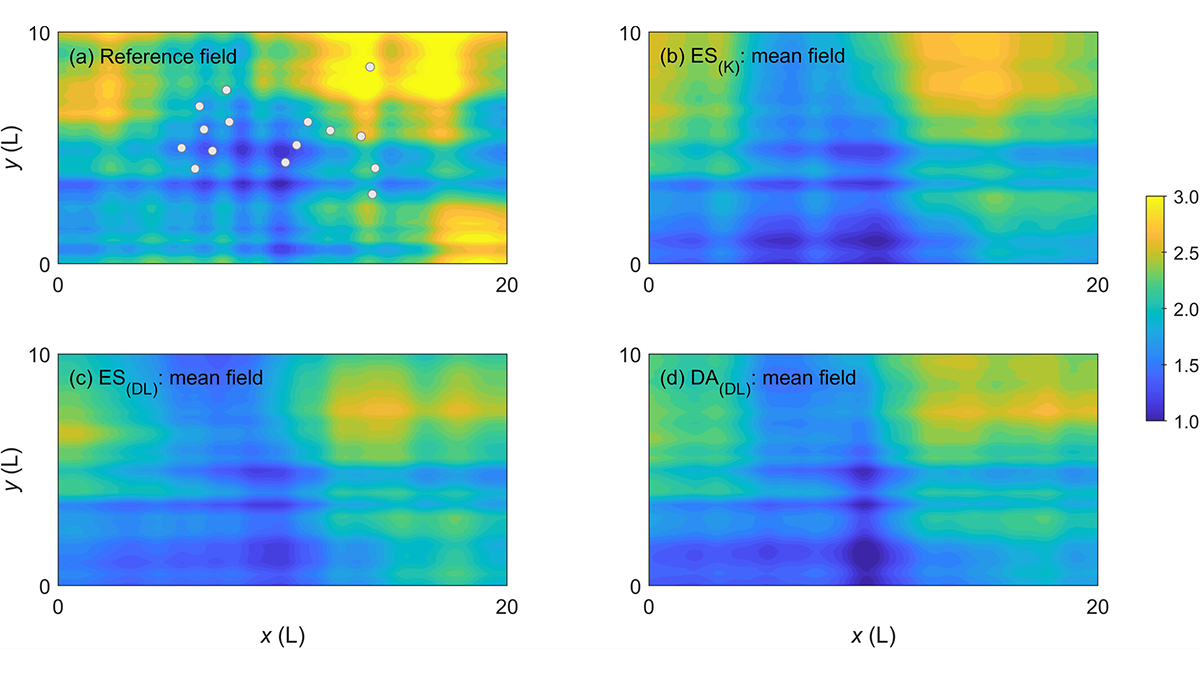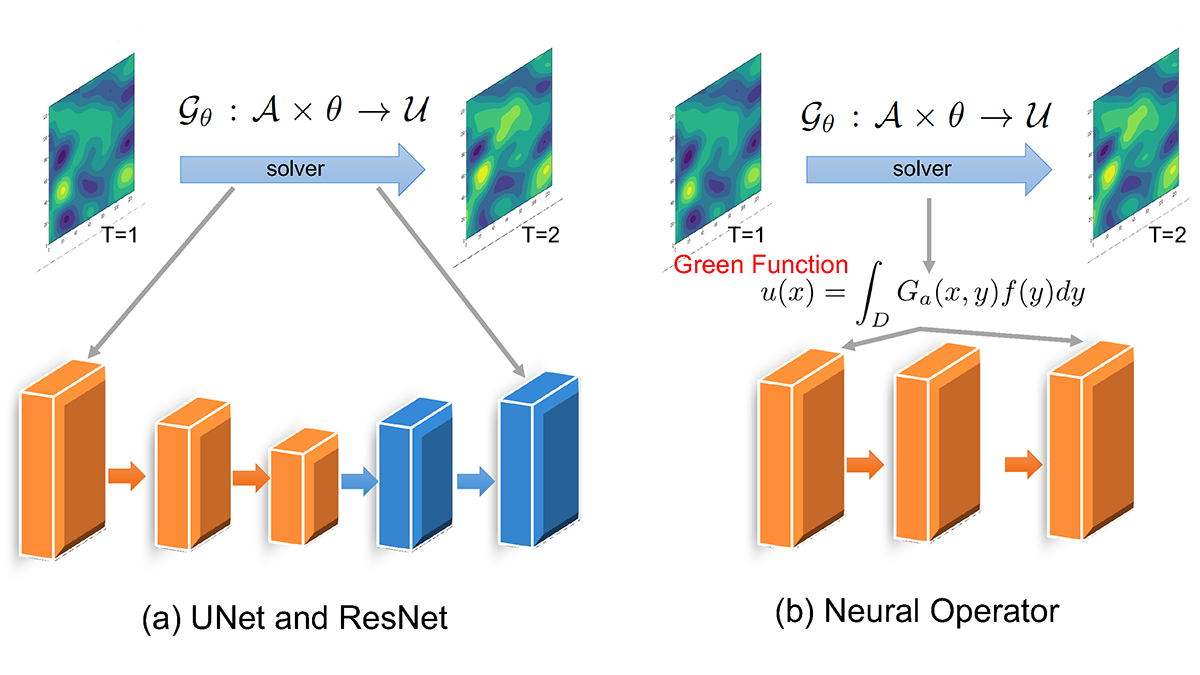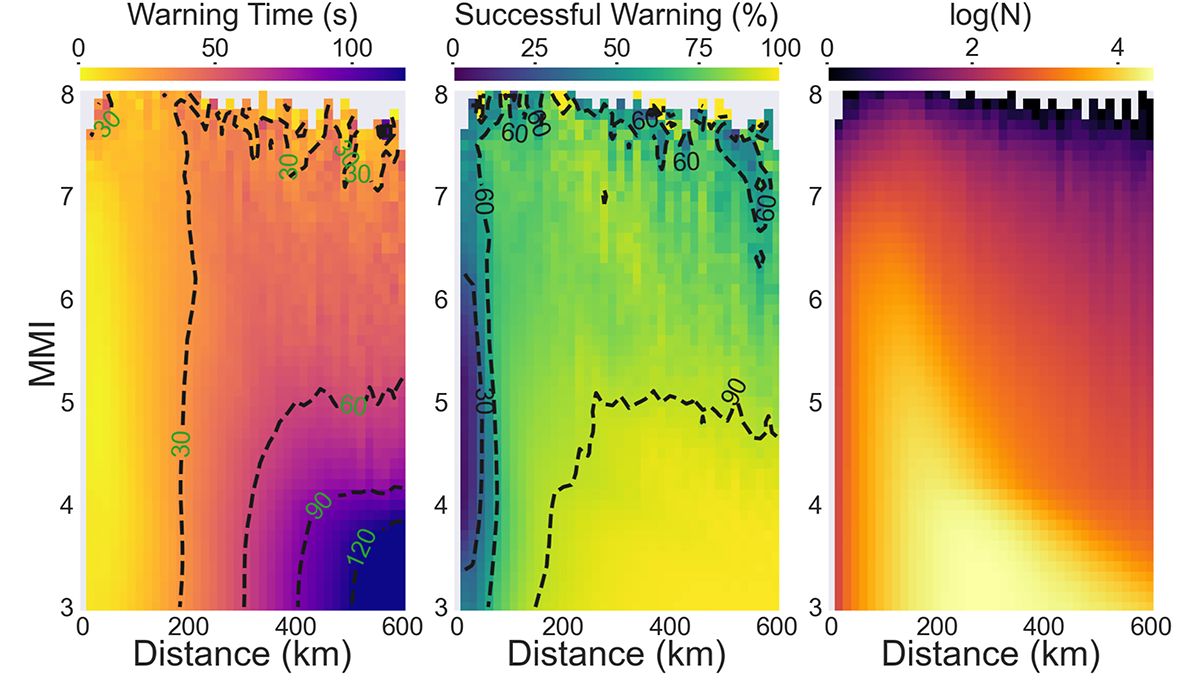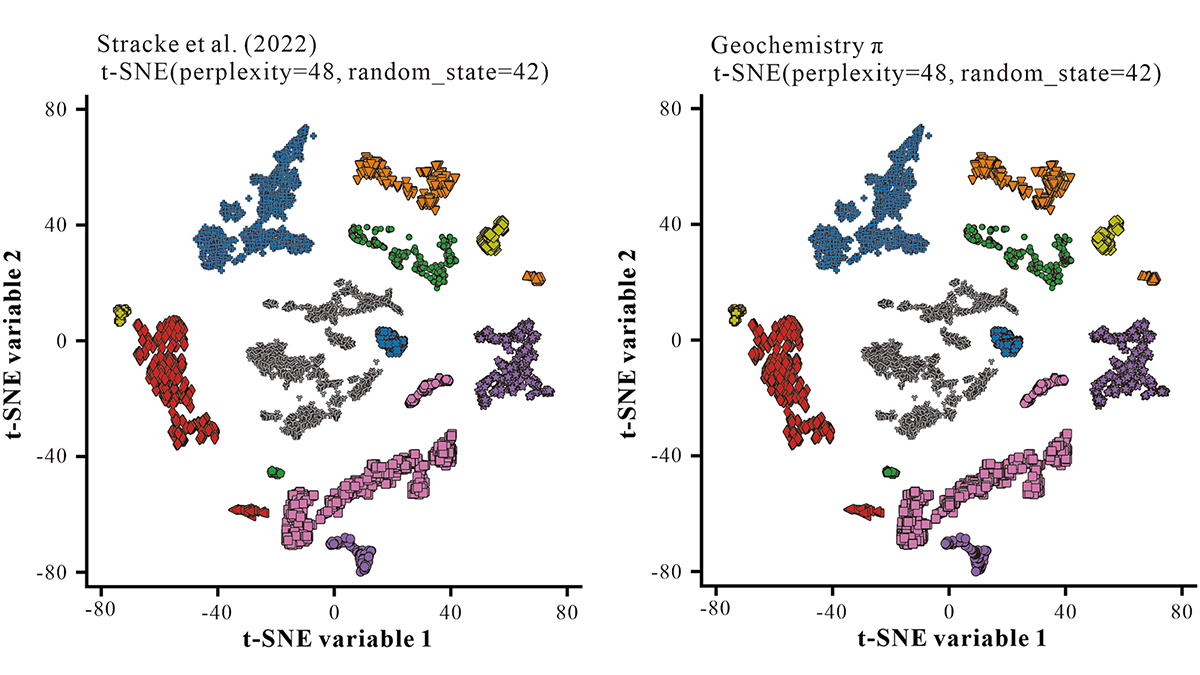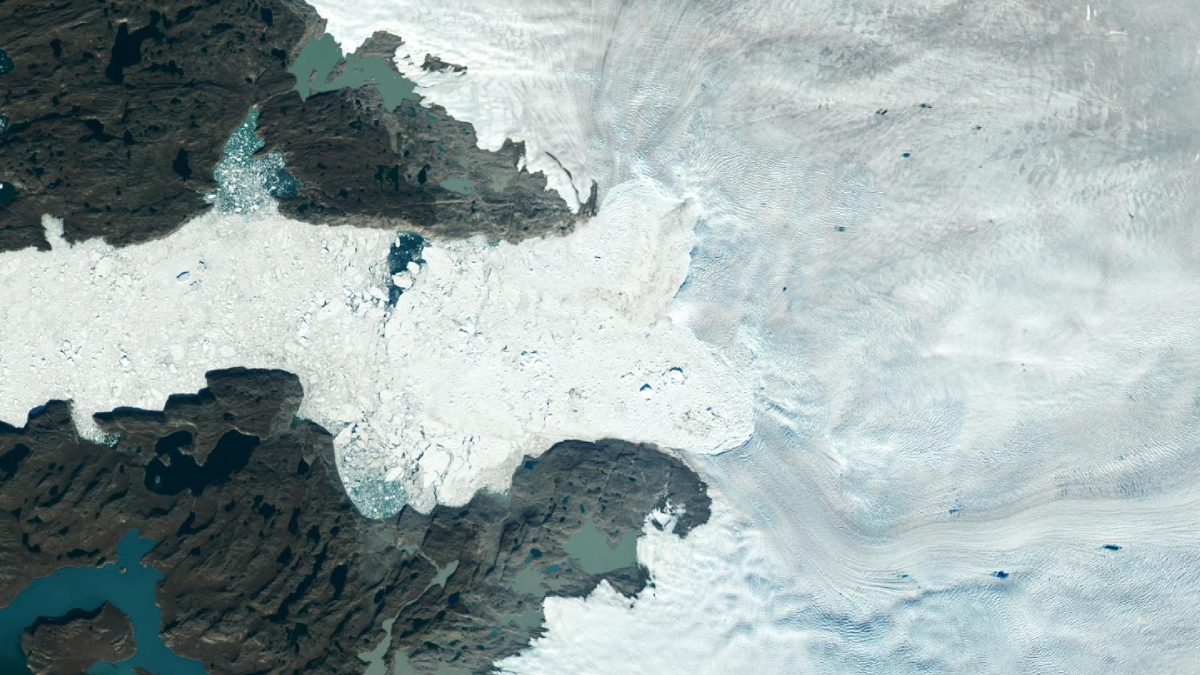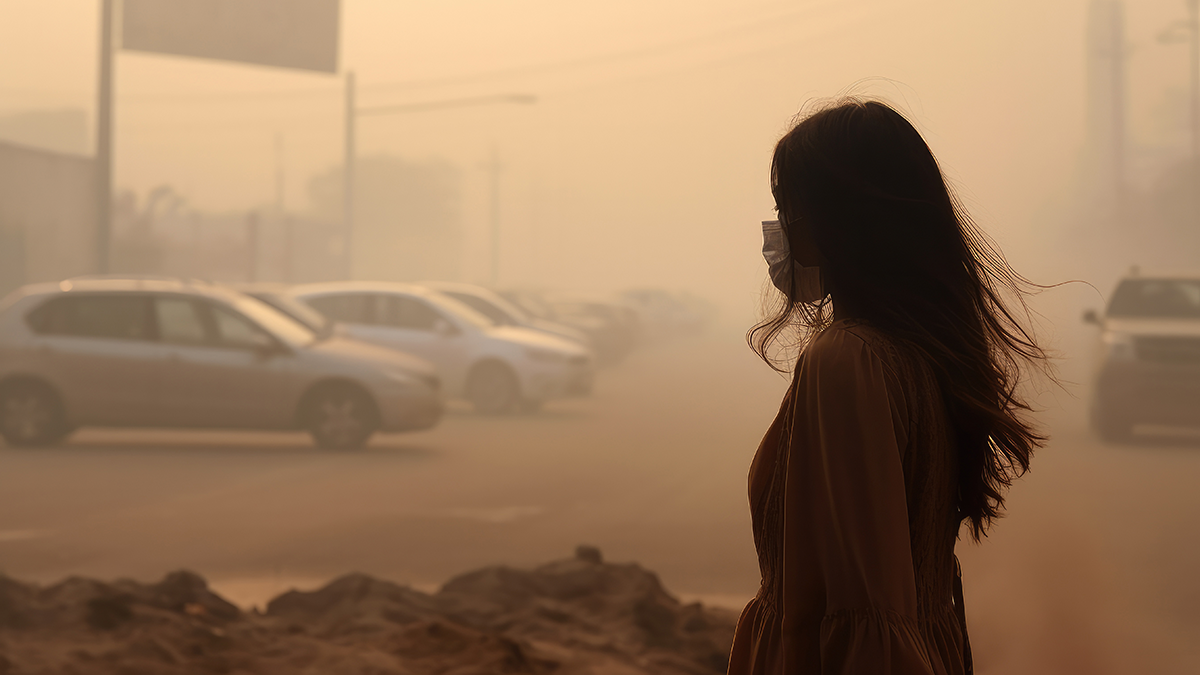Major Earth system processes are non-linear and non-Gaussian, and so should be our data assimilation approaches.
machine learning & AI
Machine Learning Accelerates the Simulation of Dynamical Fields
Fourier neural operator solvers accurately emulate particle-resolved direct numerical simulations and significantly reduce the computational time by two orders of magnitude.
Introducing the new Editor-in-Chief of JGR: Solid Earth
Learn about the person taking the helm of JGR: Solid Earth and his vision for the coming years.
Decoding the Dialogue Between Clouds and Land
New research is challenging established assumptions about how clouds form and interact with Earth’s surface. One result may be better weather forecasts.
Deep Learning Facilitates Earthquake Early Warning
A deep learning model trained with real-time satellite data significantly reduces the time to predict the ground motion of big earthquakes.
Machine Learning for Geochemists Who Don’t Want to Code
Geochemistry π is an easy-to-use step-by-step interface to carry out common machine learning tasks on geochemical data, including regression, clustering, classification, and dimension-reduction.
How Did We Miss 20% of Greenland’s Ice Loss?
The ice loss was hidden in places existing monitoring methods can’t reach, such as hard-to-map fjords. Machine learning helped scientist revise mass loss estimates and uncover patterns in glacial retreat.
Using Machine Learning to Reconstruct Cloud-Obscured Dust Plumes
Satellite-observed dust plumes from North Africa are frequently obscured by clouds, but a new study uses machine learning to reconstruct dust patterns, demonstrating a new way to validate dust forecasts.
OneHealth, Climate Change, and Infectious Microbes
AGU and ASM welcome submissions to a joint special collection focusing on the impacts of climate change and microbes on human well-being.
Deep Learning Tackles Deep Uncertainty
A new method based on artificial intelligence could help accelerate projections of polar ice melt and future sea level rise.

